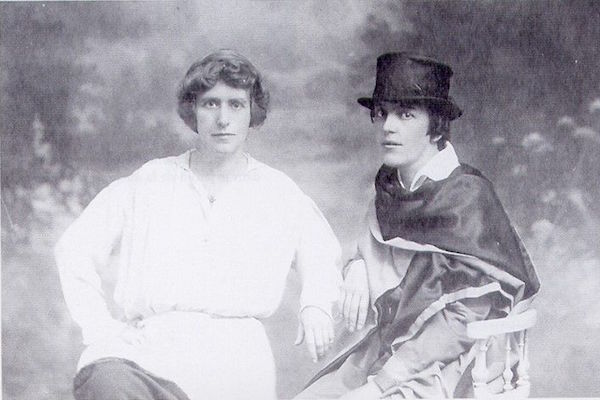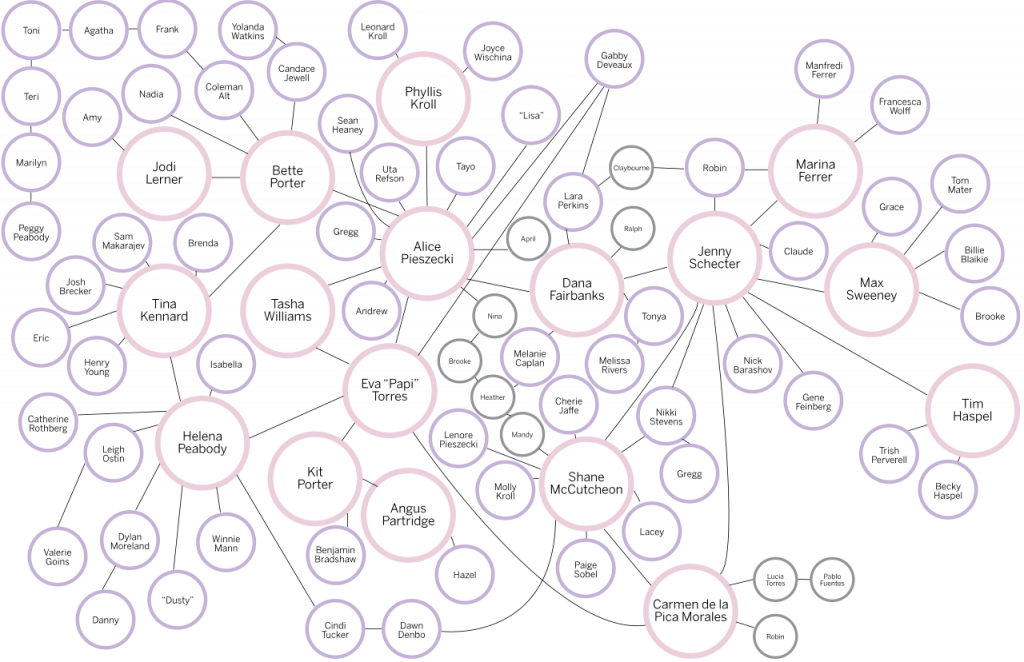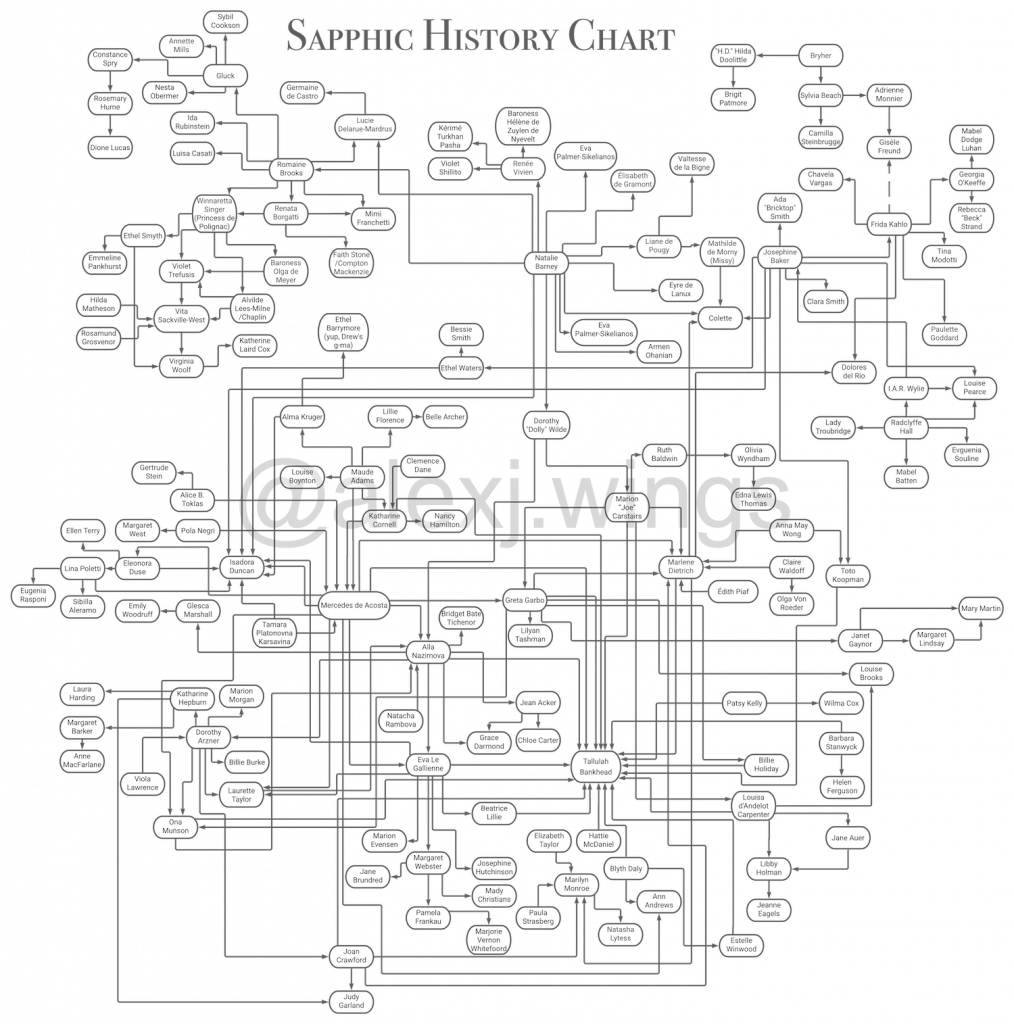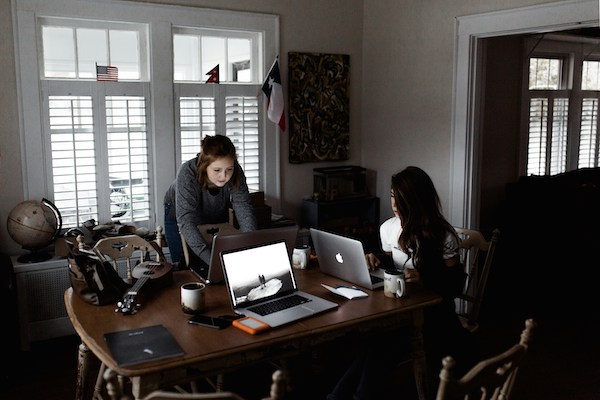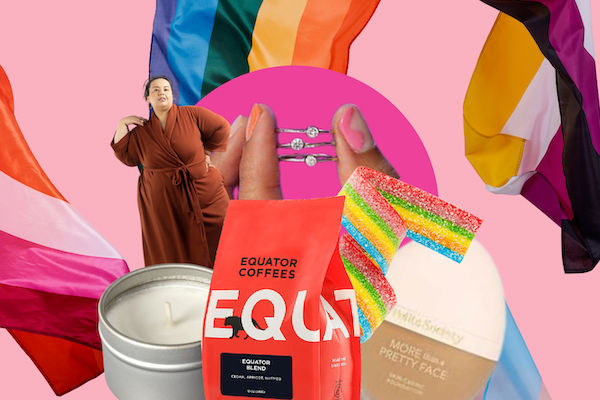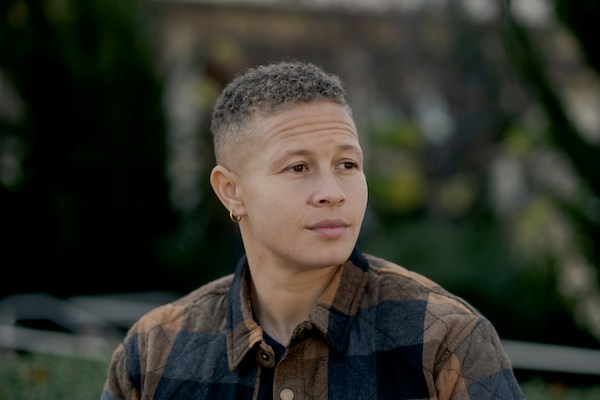
LGBTQ History: The Lady Chablis
October 28, 2020
3 Things to Consider Before Buying a Home for Rentals
November 3, 2020The Century-Old Version of the L Word Chart
Josephine Baker.
Tallulah Bankhead.
Romaine Brooks.
Joan Crawford.
Marlene Dietrich.
Greta Garbo.
Judy Garland.
Katherine Hepburn.
Billie Holiday.
Frida Kahlo.
Marilyn Monroe.
Georgia O’Keefe.
Edith Piaf.
Bessie Smith.
Gertrude Stein.
Virginia Woolf.
What do all of these women have in common? You may have been able to guess that they’ve all been sexually linked with other women, but did you know that they all appear on a new visual chart showing every historical hook-up between them?
Alex J. Mack, a 23-year-old non-binary lesbian in Atlanta, had started reading a lot about writer Natalie Clifford Barney and painter Romaine Brooks because their girlfriend was researching Brooks for a paper. Barney and Brooks, both American expats in Paris, were in a polyamourous relationship for over 50 years, starting in the mid-1910s.
“We got to talking about how all lesbians know each other and it might’ve been because we were re-watching The L Word but they made a joke about how I should make a chart to see how far everyone was connected,” Mack recalls to Tagg. “I took that and ran with it and it just kept growing. I actually had to put a cap on it so it wouldn’t get too out of hand. I have no idea how far it could stretch if I’d kept going.”
Alice Pieszecki knew all about how every woman-loving-woman is connected when she made “The Chart” on the first season of The L Word. You can connect Bette to Helena through Tina, for example, and it only takes five connections to get from Jodi to Marina who were never in the same room. Of course, Shane and Papi have so many connections they’re considered “hubs.” They’re basically shortcuts to get from one person to another because chances are there is someone in every circle who has slept with one of them (or if they’re lucky, both).
This is not a 21st century lesbian concept, and it certainly applies to women-loving-women of yore. The idea of “six degrees of separation” has been around for a hundred years and isn’t distinctly queer, but we do run in smaller circles so overlap between partners is common. As we know too well, the probability of into your ex at the only lesbian bar in town is frighteningly high.
The idea that queer women of the 1920s worried about running into their exes as much as we do in the 2020s helps us remember that even renowned artists we hold on pedestals had crushes, hook-ups, break-ups, affairs, and some sloppy seconds. We think of these giant names of history as individuals, but they knew their contemporaries. For example, Frida Kahlo and Georgia O’Keefe were friends, maybe more.
When Mack posted a TikTok of their 1920s sapphic chart with The L Word theme song in September, the video racked up over 182,000 views and prompted over 1,200 comments from fans. “It was hilarious to see so many people call Tallulah Bankhead the ‘Shane’ of historical/1920s WLW,” Mack says. “It’s really inspiring to see so many people who are interested in WLW history, even if it’s just mostly hook-ups and speculations.”
@alex.wingsI use my free time wisely ##thelword ##sapphic ##wlw ##lesbian ##foryou ##foryoupage ##TikTokGrandparents ##BoostYourMood♬ original sound – Alex J.
It’s true that there isn’t hard evidence for every line Mack drew, but there often isn’t any in the queer history field. Besides Bankhead, writer Mercedes de Acosta was another hub. When gay writer Truman Capote invented a game called International Daisy Chain where the “goal was to connect people sexually through as few beds as possible,” he said that de Acosta was “the best card to hold” because through her “you could get to anyone — from Cardinal Spellman to the Duchess of Windsor.”
The whole chart shows connections between about 150 people from North America and Europe who were perceived as women during their time, though some may have identified as nonbinary, trans men, or gender noncomforming if given the chance in our time. Actress Tallulah Bankhead does have the most lines connected to her name (18) but Natalie Clifford Barney has 12 and Mercedes de Acosta has 10, so she wasn’t the only hub.
The women on this chart were famous for many reasons, not just their social or romantic lives. They published widely renowned books, released chart-topping songs, starred in box office hits, earned military honors, and lived on their own terms. One is even Drew Barrymore’s grandmother. Each name is worth a google.
Mack is now selling their chart on merchandise since so many fans requested it. You can get it printed on a poster, phone case, T-shirt, tote bag, journal, scarf, mug, shower curtain, and dozens of other products. You can also get “looking very Tallulah today” products.
Click on image for a larger view.


